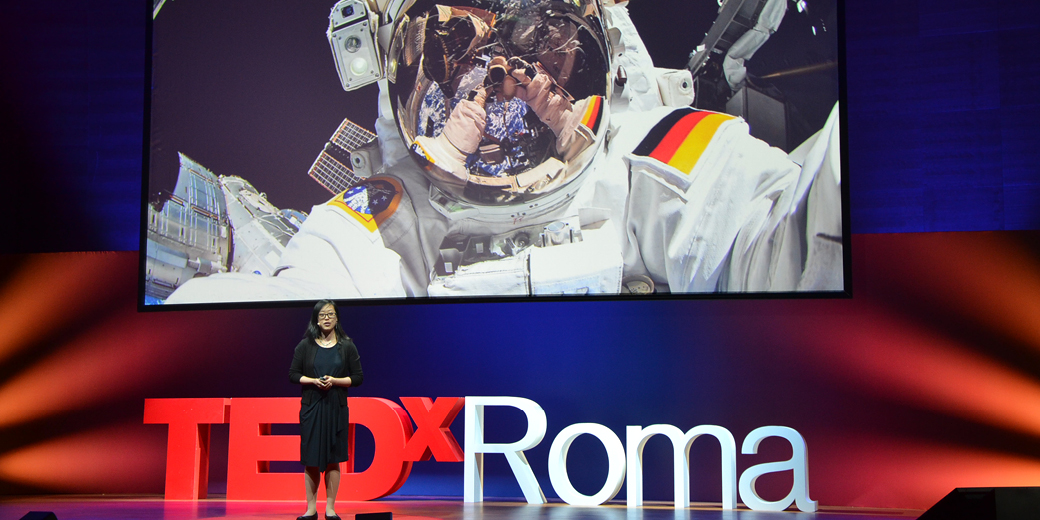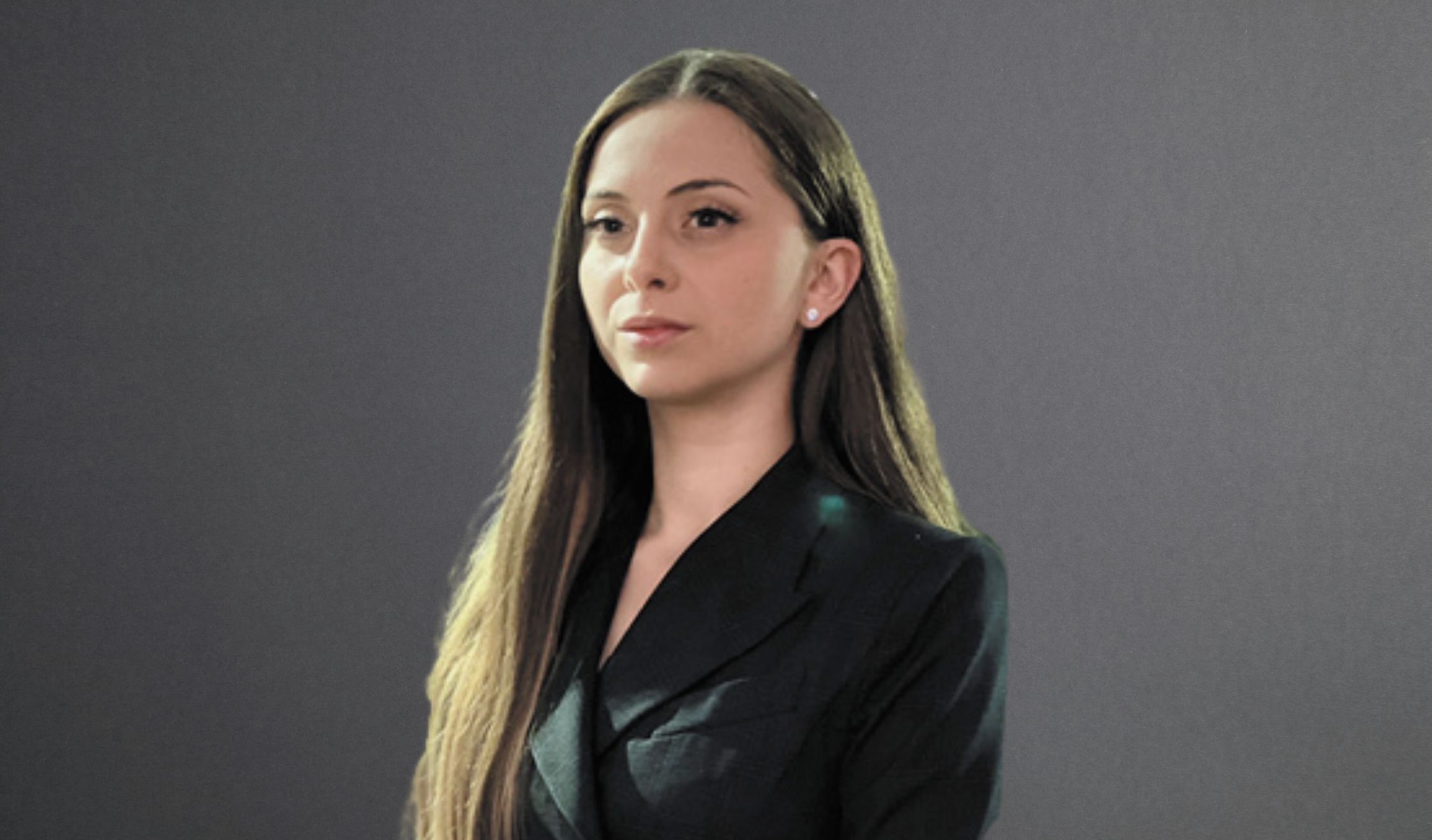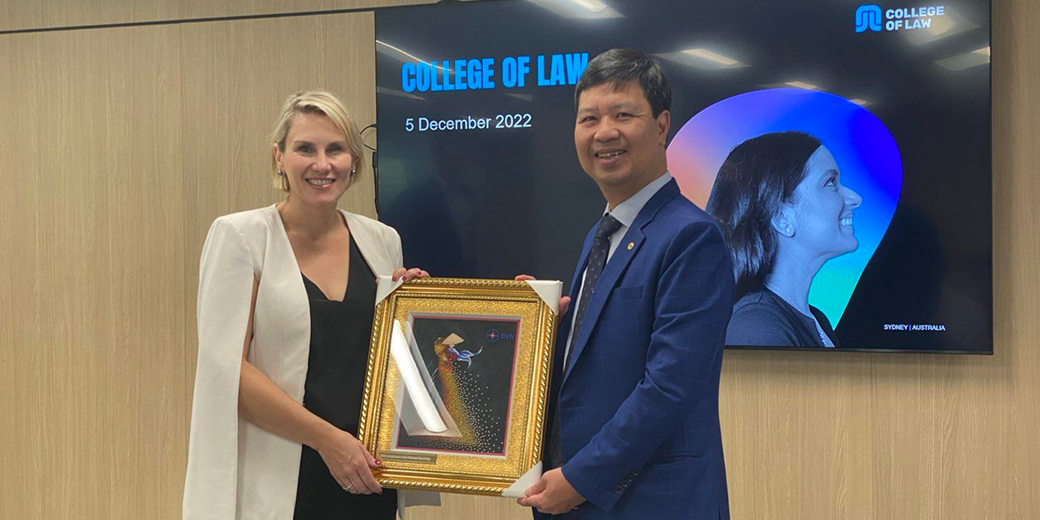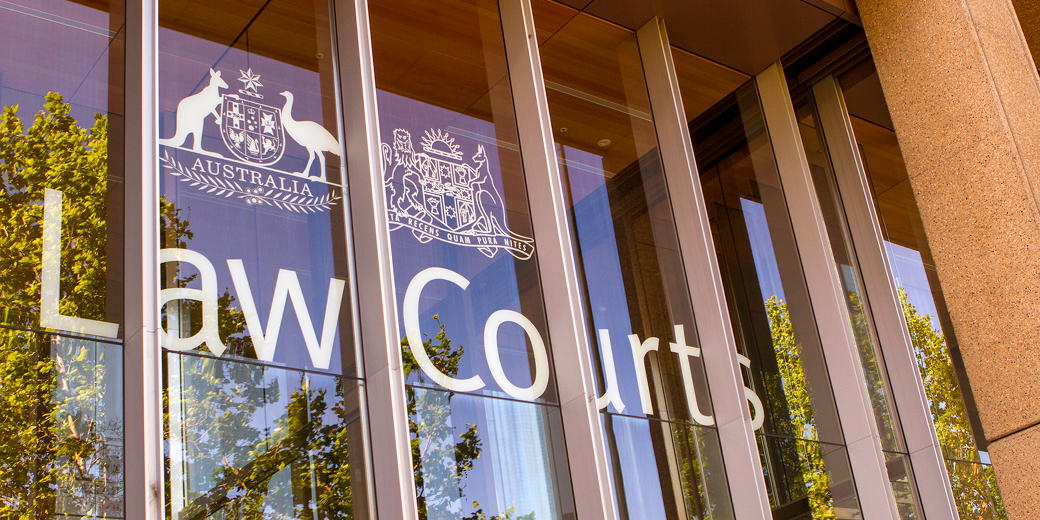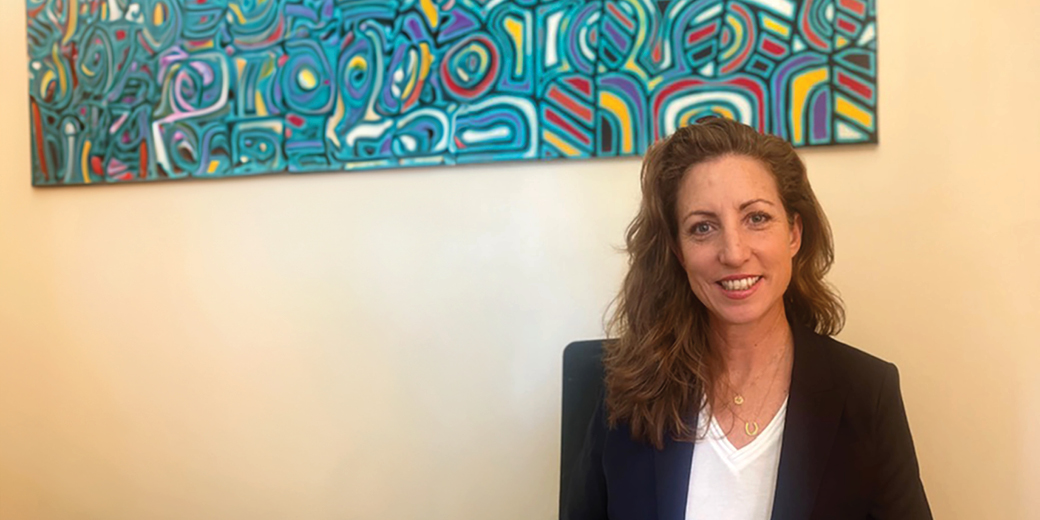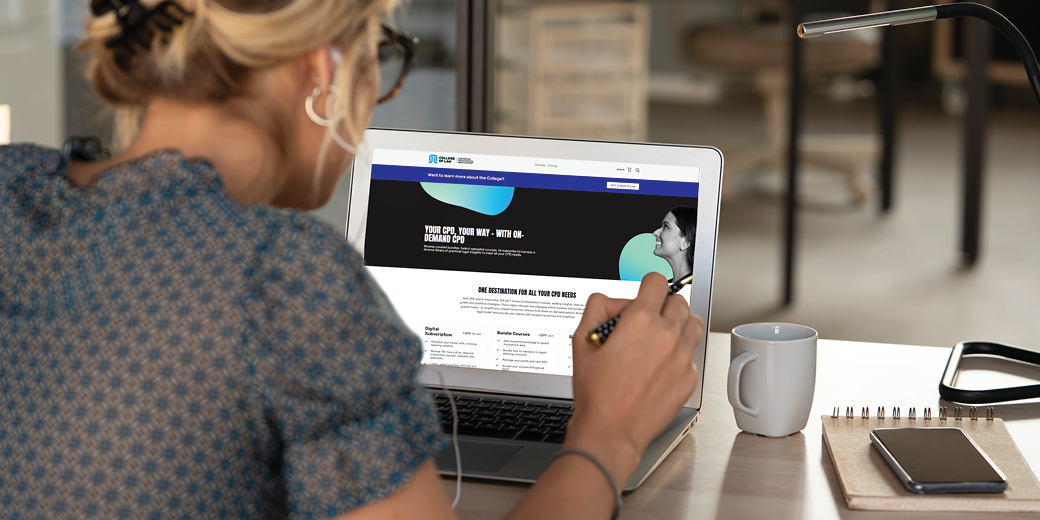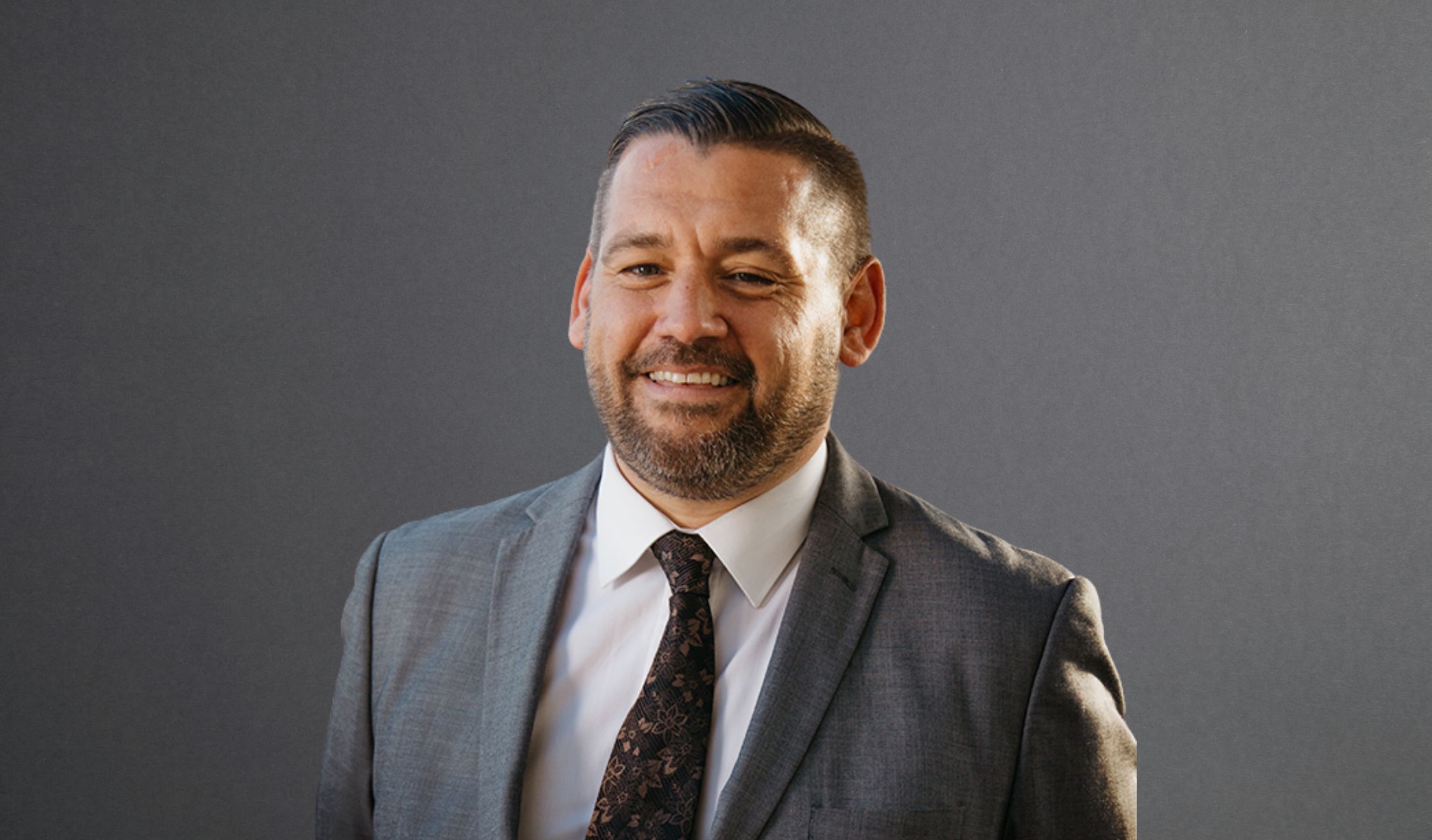While traditionally adversarial in nature, legal practice increasingly benefits from the communication and resolution skills found in mediation. Mediation techniques can help lawyers move beyond legal entitlements to understand what clients really want—often leading to faster, more durable outcomes.
This article explores practical ways you can apply core mediation strategies—like asking open-ended questions, actively listening, and reality-testing client decisions—to improve how disputes are resolved and how you engage with clients.
Ask open-ended, emotive questions
It is often easy for lawyers to focus on their client’s legal rights or entitlements and jump to assumptions about what is important for the client – Experienced mediators will tell you that it’s not always about the money!
Think about how to pose emotive, open-ended questions.
Some good questions to ask clients include, ‘How is this dispute affecting you?’, ‘What do you want your life to look like 5 years from now?’, ‘What is most important for you?’
The answers to these questions may not be what you expect, and more importantly, it may influence your advice about how to resolve a dispute.
Look beyond the surface of the dispute
Mediation, and the process it involves, is particularly well suited to situations when an enduring relationship – business, personal, or otherwise – is at stake.
It is a process that allows parties to come face-to-face and talk about their situation openly with each other. Disputes are not always what they appear on the surface.
Acknowledgement goes a long way. If disputing parties can acknowledge each other’s hurt, disappointment or other feelings about the dispute, then they have a greater chance of moving forward to focus on the future and resolve the issues.
This approach can at times, feel at odds with adversarial law. However, it could also serve to defuse a dispute.
Genuinely listen and summarise information back to your client to check your understanding is correct. Be consistent in your communication with the other party. Show good faith in negotiations by keeping promises, avoid tricks and tactics for the sake of “winning”.
Reality-test client instructions
Clients rely on their lawyers to remain level-headed, especially at times when they may not be. Should a dispute become heated, mediators can often ‘reality-test’ solutions proffered by the parties.
You can ‘reality test’ clients on the risks and benefits of taking a particular course of action. People can often be blinded by anger or disappointment during conflict, so they lose sight of what is really important to them and their longer-term future. Lawyers and their clients should try to step back and take a bigger picture approach to disputes.
Take a long-term view
In most cases, it is imperative to retain a long-term view of the client’s relationships – particularly if the client is at present emotional or aggressive.
Encourage your client to consider how the opposing party might think or feel, which may encourage your client to acknowledge the other party, build rapport and lead to better outcomes. After all, disputes are rarely black and white – usually both parties have contributed to it.
Some lawyers are attracted to mediation because parties had ownership of the process and the outcome. No one is telling you whether you’re right or wrong, or what to do. You and the other party have ultimate control over the outcome and how your life or business will move forward into the future.
Although this can be a scary prospect for some people, studies show that parties are much more satisfied with the process and outcomes are effective and lasting.
Want to add mediation to your toolkit? Explore the College of Law's Accredited Mediation Training Program with hands-on training, role-plays, simulations, and case studies, with expert coaching and feedback to help you build your practical skills. Download the course guide to find out more!













